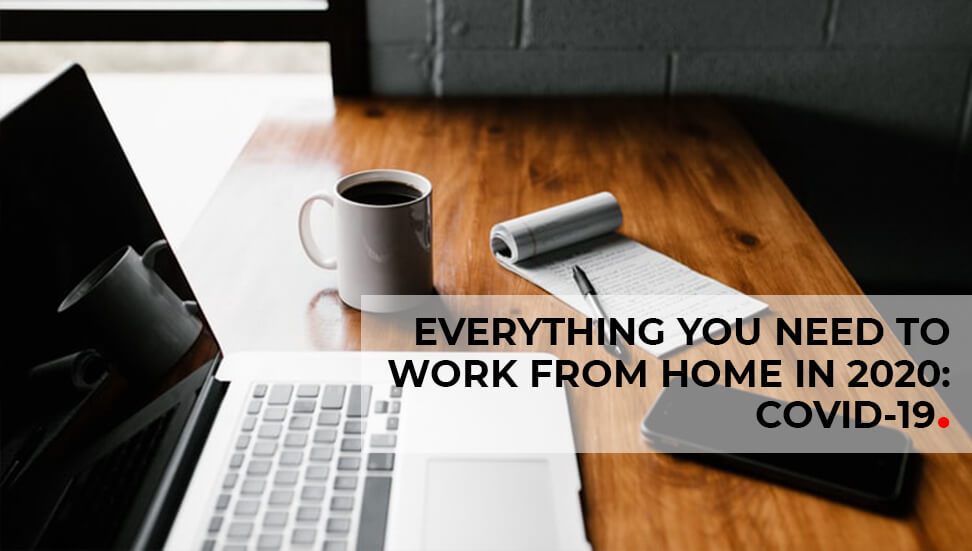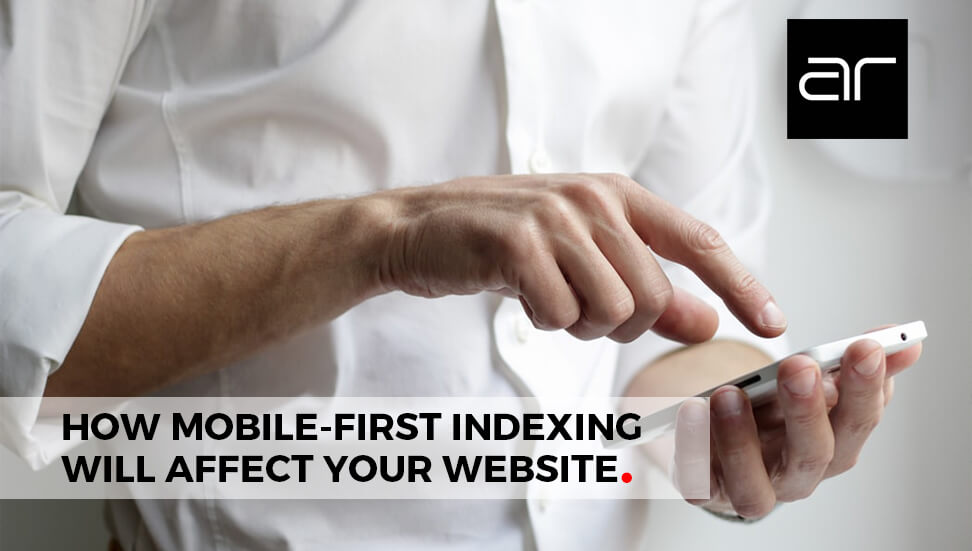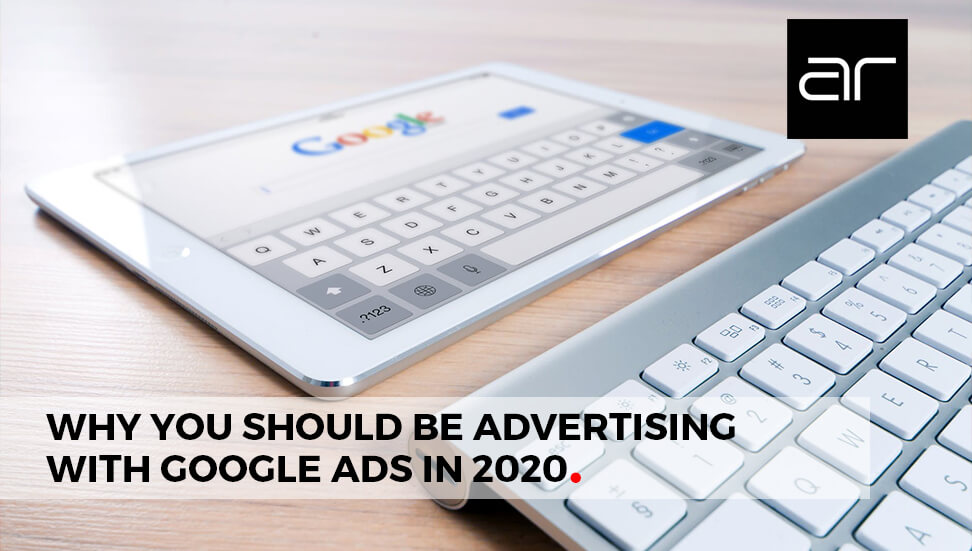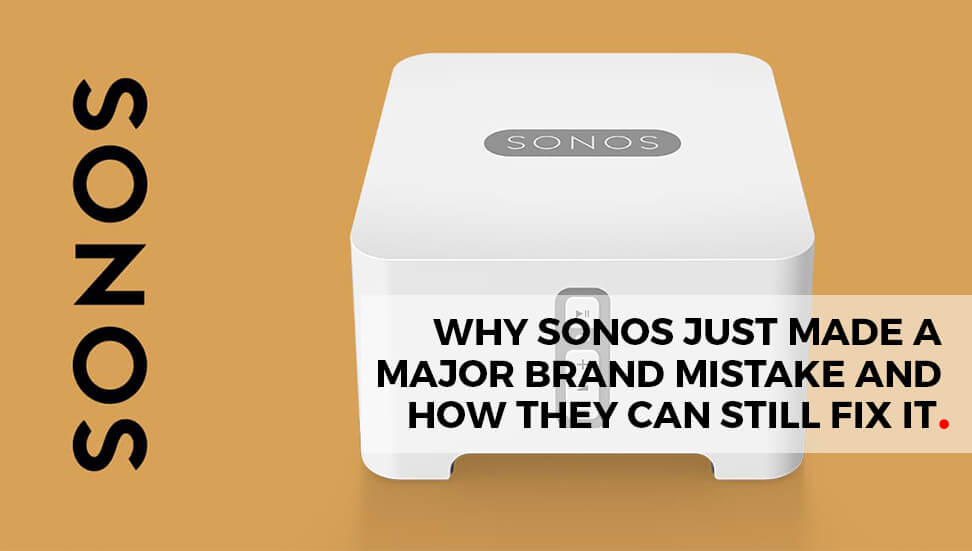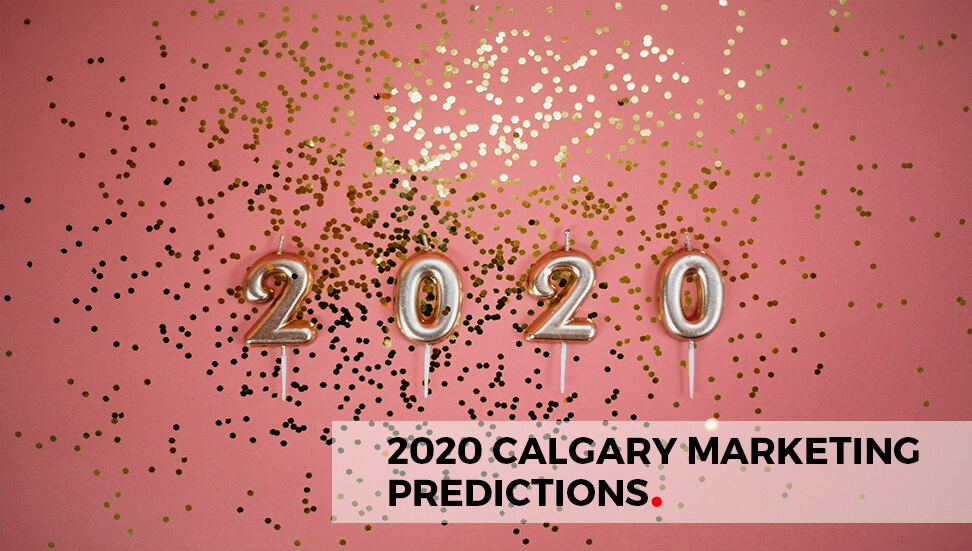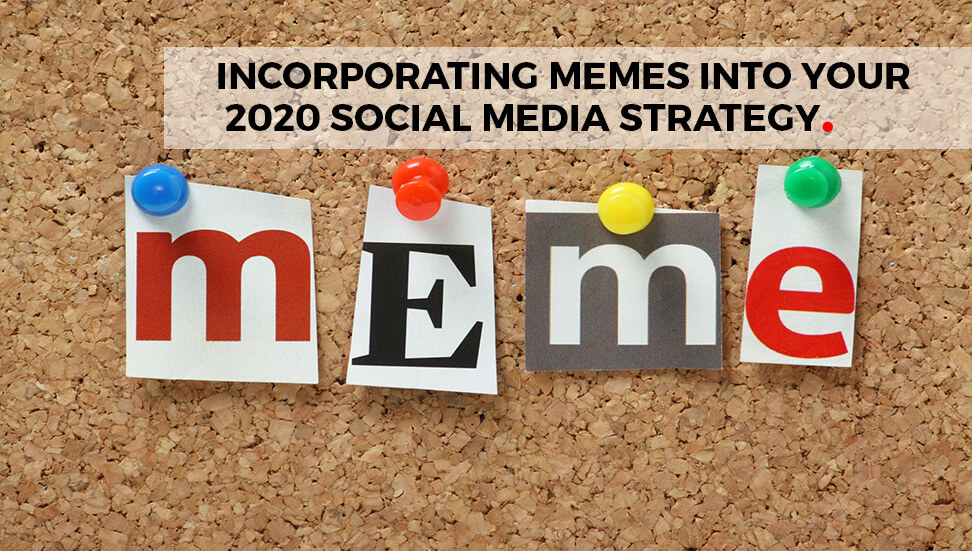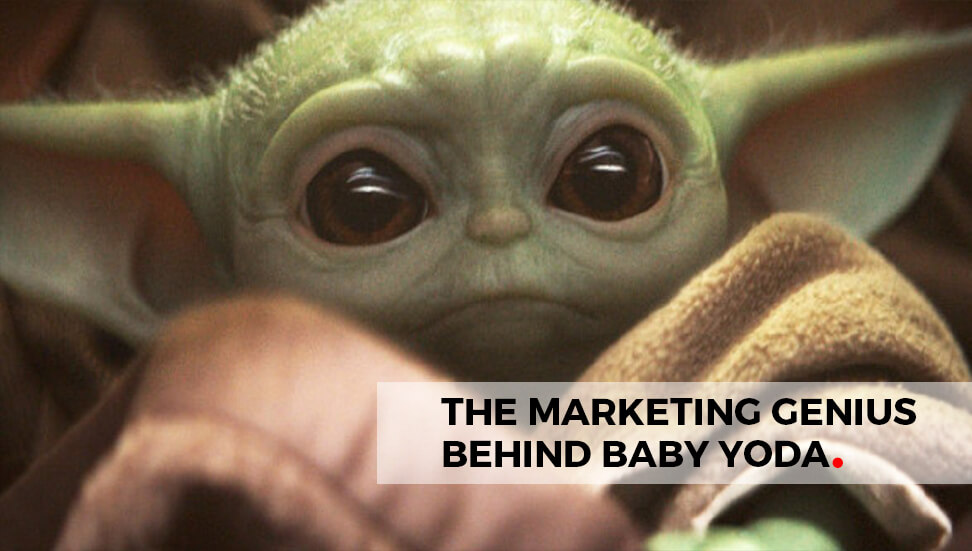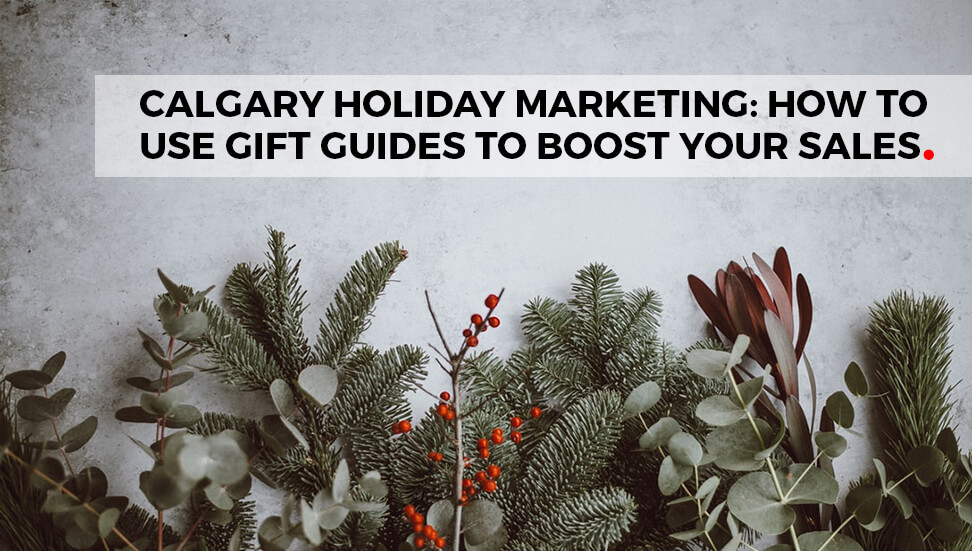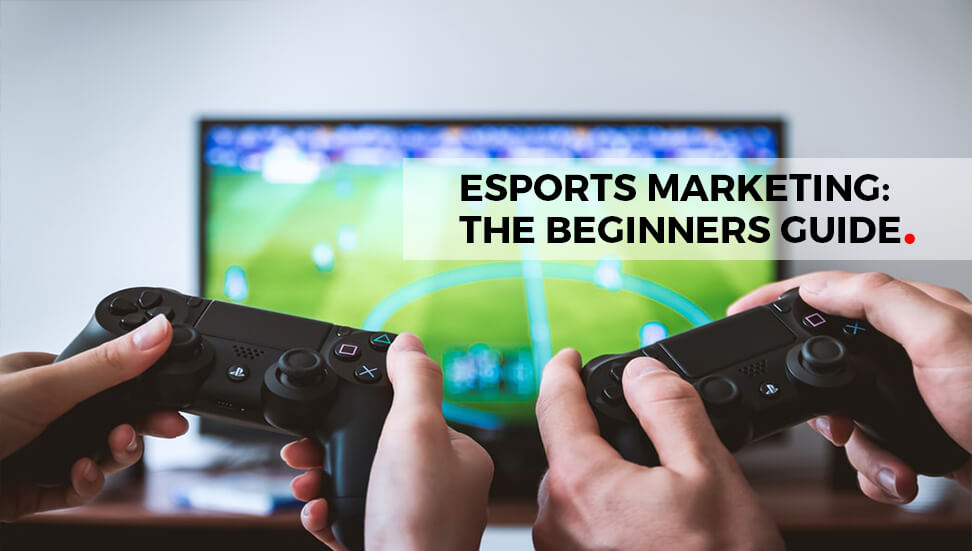One topic of hot discussion in the upper echelons of marketing is seriously focused around the Sales Funnel and whether it applies in the arena of e-commerce these days. Is the sales funnel dead? What has replaced it? What is the path of a sale in the digital age? Whoa! Hold on! Sales police, pull over! The answer to all these questions is – No, the sales funnel is not dead, but it is evolving to suit a new audience and a new arena. Abandoning a blueprint to guide your prospective customers through to a successful sale is shortsighted and will lead to consumer chaos which is never a productive movement. The question we need to answer is how has the sales funnel changed?
The traditional sales funnel was a journey that was, well… funnel shaped. Leads went in at the top and sales came out of the bottom. The journey was straight and predictable, and it was this predictability that made it so successful. Whatever path the lead took there was marketing collateral or sales people preempting them and directing them to where they needed to be. There was leakage, but it was never unchallenged or ignored as you knew where it was going to happen and why. The sales funnel is now highly unpredictable with leads leaking out all through the journey like a sieve, but all is not lost. With the evolved sales funnel leads can go silent for a period of months before returning in a different stage and successfully completing a sale.
Consumers have so much more control over the buying journey than they used to, and that is probably the biggest change in the sales funnel, mainly because it makes marketing input and sales collateral much more important than its previous journey. Marketing is now the medium to leverage your prospective customer to progress to a sale at every stage, and you need to make sure it exceeds the standard set by others, especially your social media marketing. Gone are the days when marketing drew a lead into the funnel where the sales department then took over – and they aren’t coming back. The sales funnel is now a sales/marketing funnel, or to save you the trouble and few vowels and consonants, a SMales funnel.
The role of marketing brings the lead into the sales funnel and now follows them into the funnel and sticks with them until it becomes clear that the prospective customer has the intent to purchase. Marketing works hand in hand with the sales team through the whole funnel until the lead decides they are not necessary. Even after a successful sale is made, the marketing and sales teams work together to create a dedicated customer that becomes a lean, mean advertising machine for your product. If you don’t create a sales funnel that achieves this, you’re up against every other company that will.
This new funnel is much more fluid in the way it works. Leads can come in at any stage of funnel, and exit it too. They may go backwards and forwards in the funnel, extracting what they need in a ‘self-service’ style, or follow a direct path the way they want to travel. They may come in fully knowledgeable about what they need, or want an adaptation, as digital age consumers are more informed about their options and when and how they can get them. The new funnel is less about herding people into the same route and more about listening to their pain points and directing them in the right path. If you’re a die hard, old fashioned, got to do it the ‘right’ way kind of marketer, you may struggle to keep up with your demographic. If you’re doing it right, they should lead you, more than you lead them.
The sales funnel for the digital age could easily be renamed ‘The Engagement Funnel’. Marketing still brings the prospect in as a lead, but guiding the journey is now done though a process of engaging the customer with mixed media. There are also more stages in the engagement funnel, and each of them has a definite purpose.
Introduction
At the introduction stage of the funnel a prospective lead becomes aware of your brand. It may be through personal recommendation, social media, your latest advertising campaign – anything that gets your name out to your chosen demographic. At every touch point your message needs to be consistent in quality and message, conforming to a definite criterion so that consumers can identify your brand and see what value you add to their journey. As they become aware of your brand and what it offers they will begin to bond with you and want to know more.
Attention Explosion
Once your prospective customer has been introduced to your brand you need to grab their attention. The road into the funnel can come from any direction, so you need to make sure that once you have piqued their curiosity you have enough good quality content to keep them engaged. Social media postings, website, blog, video, mailings, email campaigns and other marketing collateral need to conform to the brand for recognition, but also provide the information they are looking for. Your information net needs to cast far and wide in content and in presentation. Landing pages, calls to action, downloads, FAQ’s are all ideas to appeal to a larger audience, increasing the time they spend with you and the likelihood of a sale.
Personalization
This is the stage where you progress your lead to the point that they don’t want to leave the funnel. The key engagement to this stage is to make sure the touch points are personalized and relevant to the information that has drawn them this far. Use dynamic data to make sure that they know that you know who they are and that you care about them. This produces a stream of messages persuading them to purchase with a call to action that results in passing their data over to the sales department.
H2H Marketing
When the lead has gone over to the sales department there needs to be a real human connection. Human to Human (H2H) marketing is a huge part of the ‘SMales’ Funnel but nowhere is it more important, than here. Whichever way you look at it, sales boils down to one thing – people buy from people. If they like you, they will buy from you, so at this stage you need to be up close and personal. You will have nurtured this lead for a while now, much of which will have been through the content on your mixed media marketing channels, so now is the time to take the experience up a notch and reach out in a personal way. Show willingness to solve problems, empathize and show your understanding of the application of your product in their situation. Use names, recognize hesitations, reach out in the way they like, all these personal touches reassure the buyer that their best interest is at heart. Paying close attention will lead to a conversion.
At last! The sale!
As your lead converts into a sale, don’t fall into the trap of thinking that the job is done. Many companies spend a large amount of their resources attracting new prospects, but this is most often a false economy. By keeping their present customers one month longer the sales growth would be 3%. If they kept them for four months the growth goes into double digits and they haven’t had to spend a penny of the marketing budget. Your after sales and customer service needs to go above and beyond the industry standard, being sensitively pro-active and make sure they are in touch with the new convert before the customer needs to contact them. Your content needs to address the needs of this segment of your customer base and continue to speak to them as users. Set the expectation that you want them to stay and then work to make it an actuality. The best type of marketing that you can have is a satisfied customer; they will tell all their contacts with enthusiasm about your product and service and not be afraid to recommend you. Not only is it the best type of marketing, it’s free!
Continue this after sales service with newsletters, webinars or emails. Make sure your content offers something of value and you will ensure that you have a loyal customer that brings already converted leads to you and helps guide them through your sales funnel. Who doesn’t want that?
Evaluate
The last stage of the ‘SMales’ funnel is to make sure you have in place a great tracking system that tracks your funnel at every stage so that you can evaluate your ROI (return on investment) and adjust your sales path, or content, as necessary. By constantly looking at what is working, what is not working, where your leakage occurs and what is successful, you can make sure that your funnel is relevant to your customers. You can’t control what you don’t know, so get to know your sales funnel, your target demographic, your sales and marketing strategy and make sure they are aligned as much as possible. Your sales will thank you for it.
By becoming master of the sales funnel in the digital age you will ‘future-proof’ your company. It will show you that you are in touch with your consumers, can react to their needs, but also make sure you are able to adjust your sales and marketing to meet the demands of an ever changing audience. These are all vital skills to be successful in any market, but you truly can ‘own’ your marketing and make it work for you. Then you can sit back, and watch the sales come to you!
Resources:
It’s cheaper to keep ‘em – INC. http://www.inc.com/karl-and-bill/its-cheaper-to-keep-em.html
Stages of the Sales Funnel – Mars. http://www.marsdd.com/mars-library/stages-of-the-sales-funnel/

